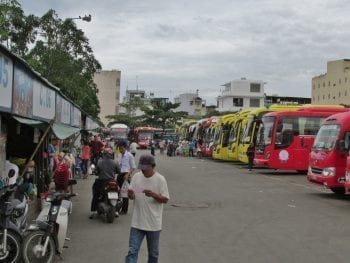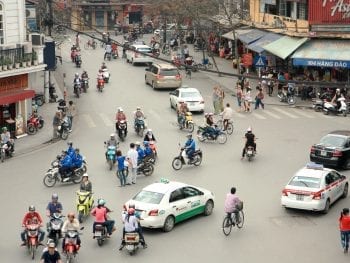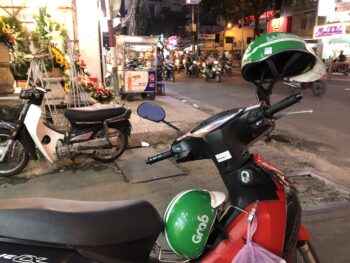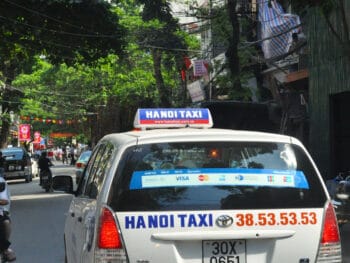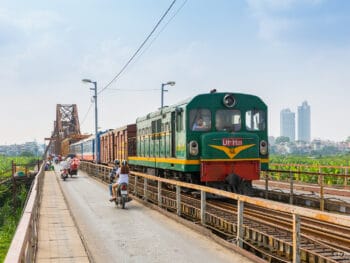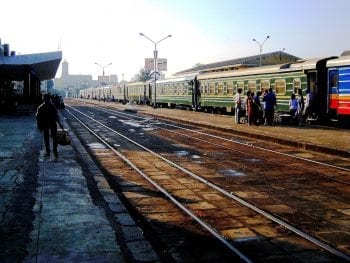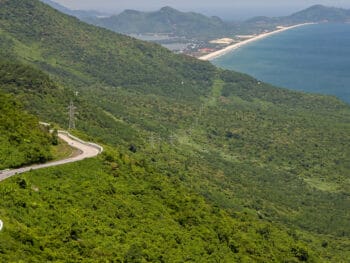Vietnam offers a range of public and private transportation options around the country. With the right knowledge, it’s an easy country to travel around, whether by airline, train, bus, or automobile. From the airport, arrival to drop off, and everything in between, we’ll show you how to get around Vietnam for any budget.
Methods of Transportation in Vietnam
With ample regional airports, it’s pretty easy to fly between major destinations in Vietnam. For shorter trips, buses are very common and affordable. Others choose to rent or purchase a motorbike to get around. Car rentals aren’t doable for foreign drivers unless you hire a local driver to take you around.
How to Get To and From in Vietnam
We’ve curated a few of the most common travel destinations and the routes between them. Popular tourist spots like Sapa offer a variety of ways to reach, ranging from your typical shuttle van to train.
Featured Transportation
Guide to Public and Private Transportation in Vietnam
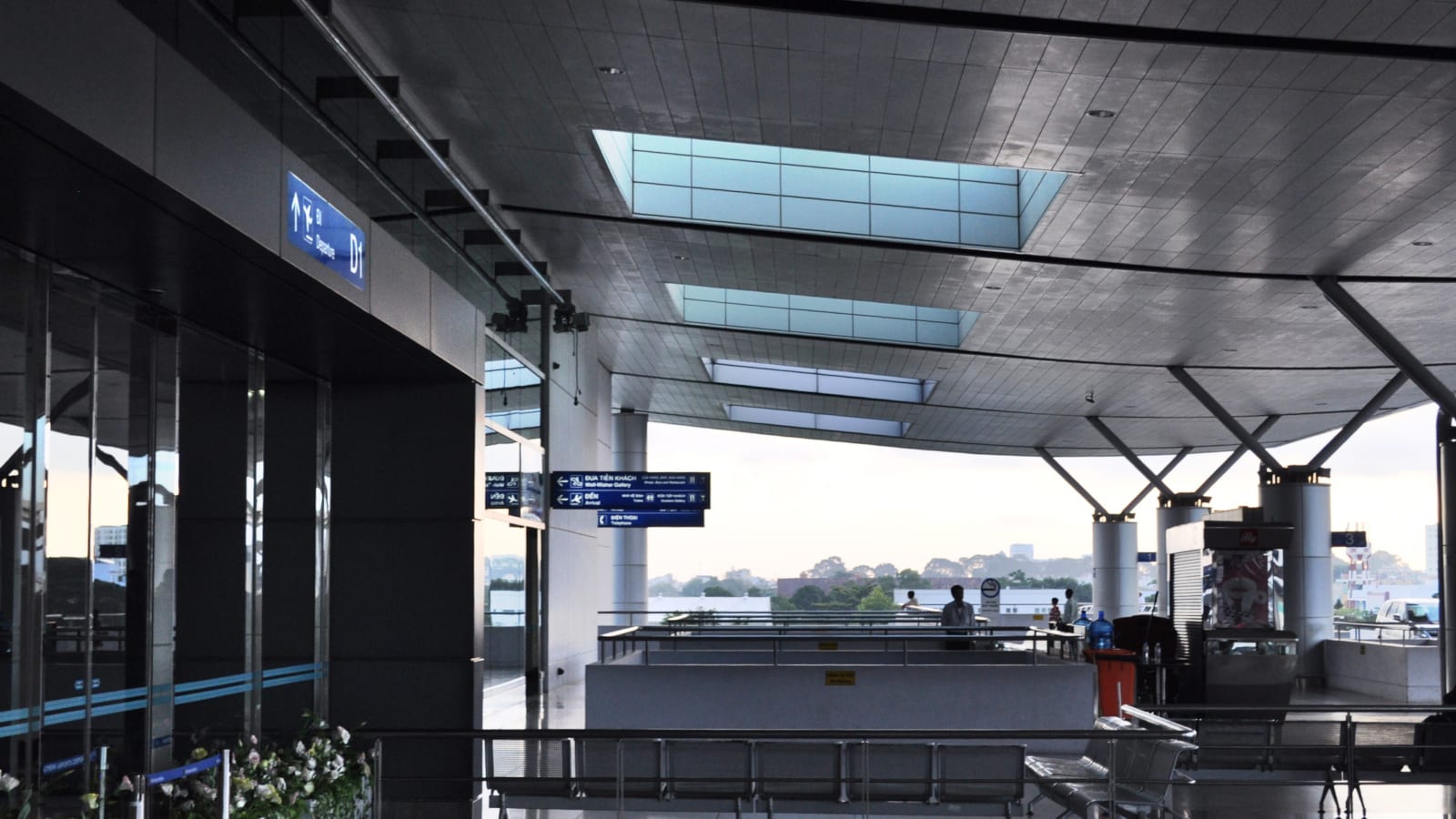
As any seasoned globetrotter knows, a new adventure can be defined by the type of transportation you use. Planes, trains, and automobiles all have their pros and cons, and choosing the right one is the key to the perfect trip.
Whether you’re a luxury jet-setter looking for comfort or a bootstrapping traveler hoping for an authentic experience, whatever your style, Vietnam, has more options available than you’ll ever need. To help get your journey off on the right foot, we’ve pulled together all our best on-the-ground info into the ultimate transport in Vietnam guide.
Ways to Get To/From in Vietnam
There are multiple types of transportation at your disposal while visiting Vietnam. While some may prefer hailing a taxi or renting a motorbike, others may opt into taking a bus or simply flying to their destination.
- How to Get From Hanoi to Sapa
- How to Get From Ho Chi Minh to Hanoi
- How to Get From Ho Chi Minh to Nha Trang

Buses
If you need to travel between the major cities for the lowest possible price, buses are the way to go. Despite being the cheapest option, the buses are by no means a disaster when it comes to comfort. The intercity services are almost always kitted-out with reclining seats or beds, as opposed to benches. While the journey times are long, you can get a good night’s rest along the way.
If you’re traveling north to south or vice versa, check out the “open” bus tickets. These economical fares allow you to stop off to spend a few days in various cities along the way before using the same ticket to catch another onward bus.
Car hire
If you’re used to driving yourself around while on holiday, you’ll probably be out of luck in Vietnam. Unlike motorbike rentals, self-drive car rentals are almost non-existent. If you’ve got your heart set on driving, then focus on taxis and ride-sharing platforms, or maybe it’s time to swing a leg over a motorcycle!
Motorbike
The adventurist’s choice! Motorbiking across Vietnam has become something of a rite of passage for backpackers in South-East Asia. Every year, thousands of road-hungry riders travel the length of the country in search of the thrill of the open road. If you are looking for adventure, a motorbike is arguably the best way to see Vietnam.
The vibrant culture and countryside come alive when you’re in the saddle, and the sense of freedom is unbeatable. There are several highly professional bike rental firms in HCMC, Hanoi, and other major cities. So, if you want to hit the road for a few days, or a few months, there are plenty of professionals to lend you some wisdom and guidance.

Plane
Easily the fastest option, and, once you factor in food or even accommodation costs while traveling by slower methods, the price difference is more minor than you might expect. Of course, the downside is that you’ll be 25,000ft away from all the spectacular sights and scenery that lie between the cities.
But, if you’re on a tight schedule, then flights run multiple times a day between all the major destinations and are certainly a hassle-free way to get around.
Ride-sharing apps
The worldwide ride-sharing phenomenon hasn’t gone unnoticed in Vietnam. Three leading brands, Grab, Gojek, and Be, dominate the market, and they all have apps that will make any Uber user feel right at home. Their fares vary, depending on the time of day, so it’s worth shopping around between different providers to find the best deals.
Ride-sharing services are typically limited to the cities, but they are expanding fast. So, check out their availability in your area.
Taxi
If you want to get around the cities, taxis are still the go-to option. Vietnamese taxis used to suffer from a poor reputation for reliability and honesty, however, larger firms have upped their game considerably. You can now use the companies’ apps to hail a ride from your phone and continue to enjoy the security of riding with a registered driver from an established brand.

Trains
Ride the rails of Vietnam. There’s an opportunity to travel by train from Hanoi to Saigon, or vice-versa. There are a series of trains around the country, some pretty budget and basic, others a little more upscale. It’s not the fastest way to travel, but it’s unique. Consider adding a train ride to your itinerary.
However you decide to travel, this wild and wonderful country is home to more sights, tastes, and smells than you could see in ten holidays. So, don’t worry about finding a method of transport that will let you see it all, and instead, just get out there and enjoy it. It might just be the best trip you ever took!
Latest in Transportation
View more transportation articles




